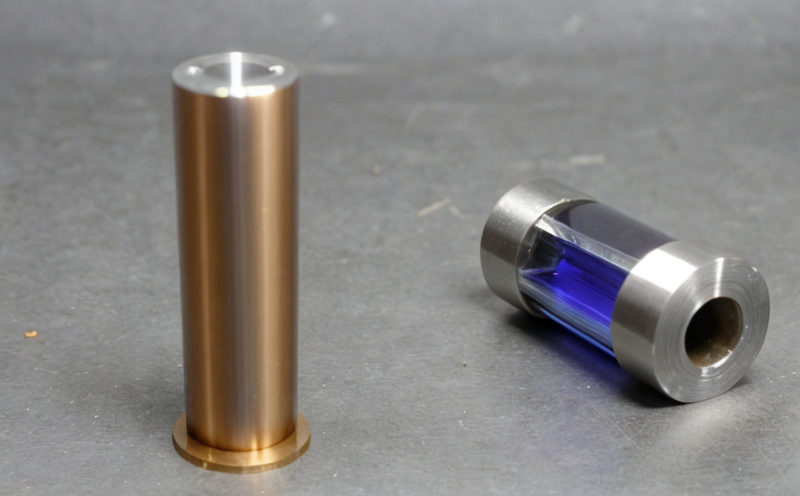GB T 8630 Determination of dimensional change of fabrics
The PRC standard GB/T 8630 specifies the methods for determining the dimensional changes in fabrics, particularly under conditions that simulate real-world wear and tear. This test is critical for ensuring product quality in the textile industry by identifying how much a fabric will shrink or stretch during manufacturing processes and after use.
The GB T 8630 procedure involves placing fabric samples into a heated environment to induce dimensional changes similar to those experienced during washing and drying cycles. By measuring the initial dimensions of the sample before exposure, followed by subsequent measurements post-exposure, the degree of change can be quantified. This method is essential for ensuring that garments retain their intended fit after processing.
Understanding these dimensional changes is crucial not only for fabric manufacturers but also for garment makers and retailers who rely on precise sizing guidelines to meet customer expectations. For weavers in particular, accurate knowledge about shrinkage factors helps them design products that perform well even when stretched or compressed during manufacturing. Additionally, this information aids in optimizing dyeing processes and selecting appropriate finishing agents.
When interpreting results from the GB T 8630 test, it's important to consider both warp (lengthwise) and filling (crosswise) directions, as these can vary significantly depending on fabric construction. A thorough understanding of how different types of yarns interact within a weave structure allows for more accurate predictions about overall dimensional stability.
Standard GB/T 8630 provides detailed instructions regarding specimen preparation, including cutting out representative pieces from the batch being tested and ensuring they are free from defects that might influence measurement accuracy. It also outlines precise protocols for placing samples into heated chambers where controlled temperature conditions simulate home laundering scenarios like washing at 40°C with detergent.
The process typically takes several hours to complete, during which time the fabric undergoes repeated cycles of heating followed by cooling down again until stabilization is achieved. Once this phase concludes, careful measurements are made using specialized instruments designed specifically for textile analysis.
Results from such tests provide valuable insights into potential issues that could arise later in production or retail phases, allowing companies to take corrective actions early on if necessary. This proactive approach ensures higher quality control standards across the supply chain and contributes positively towards maintaining consistent product performance over time.
Frequently Asked Questions
Benefits
- Ensures consistent product performance by predicting potential issues early in the manufacturing process
- Aids in selecting appropriate finishing agents that enhance dimensional stability without compromising fabric quality
- Facilitates better communication between different stages of the supply chain regarding expected dimensions
- Reduces waste and rework by allowing companies to adjust design parameters before mass production begins
Quality and Reliability Assurance
The results obtained through GB/T 8630 play a vital role in quality assurance programs. They help identify areas where improvements are needed, such as adjusting yarn counts or modifying dyeing techniques to minimize unwanted shrinkage without sacrificing colorfastness.
Avoidance of these issues translates directly into increased customer satisfaction since consumers expect their clothes to fit correctly both immediately after purchase and over time. By incorporating GB/T 8630 compliance into their quality management systems, companies demonstrate a commitment to delivering high-quality products that meet or exceed industry standards.
Competitive Advantage and Market Impact
- Companies that adhere strictly to GB T 8630 guidelines gain a significant competitive edge by producing garments with superior dimensional stability, leading to enhanced brand reputation and increased market share.
- The ability to anticipate and address potential problems before they become major issues enables companies to maintain consistent product quality across all batches of production, thereby building trust among consumers.
By leveraging the insights gained from GB/T 8630 testing, businesses can stay ahead of competitors by continuously refining their processes and staying abreast of changing trends in fabric technology. This not only enhances operational efficiency but also supports sustainable practices aimed at reducing waste throughout the supply chain.





